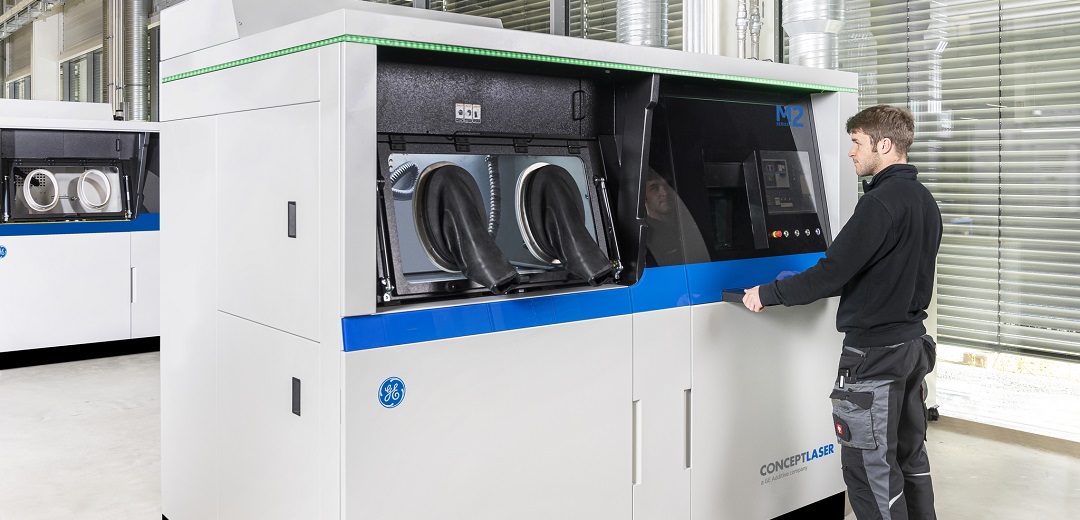当プレスリリースはドイツ時間11月19日にフランクフルトで発表されたニュースの翻訳版です。英語原文はこちらでご覧いただけます。

クラス最高の生産性を実現し、総コストを削減する最新モデル「M2シリーズ5」
As COVID-19, the disease caused by the new coronavirus, started cropping up across the United States in March, Caroline Shaw knew the pandemic would alter many parts of her job as a sourcing manager at GE Renewable Energy’s wind turbine factory in Pensacola, Florida. What Shaw hadn’t expected was for the virus to present her with a problem that seemed to have no simple solution.
Dr. Jean-Marc Levaillant knows how special it is for expecting parents to see their baby for the first time on an ultrasound. But helping a visually impaired parent “see” the images with a 3D-printed model of their child was even more emotional than the obstetrician anticipated. “She was incredibly moved, and so were we,” Levaillant says. “My whole team was in tears.”
Scientists unlocked an elusive wavelength, got a good look at the structure of a key influenza protein, and found that room-temperature superconductors — a physics holy grail — might be closer than we thought. Everything is revealed in this week’s roundup of scientific discoveries — or, at least, five cool things are.
Stefka Petkova enjoys building things. It’s a passion she’s had since she was a small child when her dad, an electrician who liked to work on cars, kept the door to his workshop open. “I was exposed to that as a very young child and just got a lot of encouragement,” says Petkova, who she spent many afternoons watching him weld and wire automobiles.
当プレスリリースはドイツ時間11月19日にフランクフルトで発表されたニュースの翻訳版です。英語原文はこちらでご覧いただけます。

クラス最高の生産性を実現し、総コストを削減する最新モデル「M2シリーズ5」